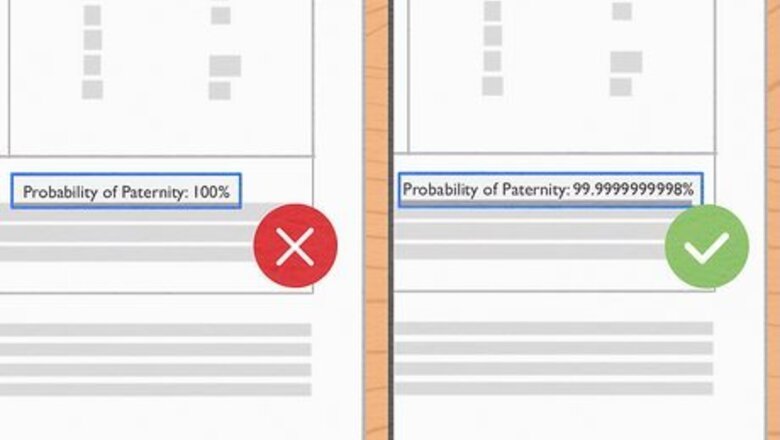
views
- Read what the report says to spot anomalies or inconsistencies that indicate obviously fraudulent results.
- Make sure that the number of matching alleles line up by counting them. That number of matches should match the CPI and conclusion.
- Contact the lab on the letterhead to confirm it’s their report. If they won’t confirm it, compare it to their sample report.
- Any test containing more than one parent of the same gender is fake. No lab will compare two fathers or two mothers on the same report.
100% Combined paternity index
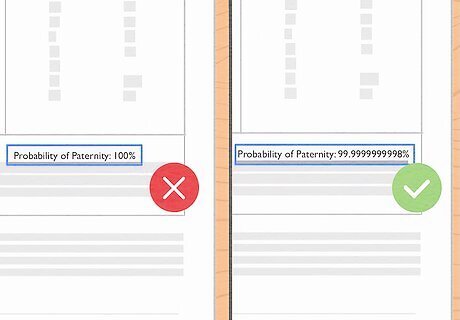
Legit DNA tests will never confirm anything with total certainty. A DNA test cannot tell with 100% certainty that someone is related—only that the odds are very, very high—so a 100% result is likely fake. However, it can provide a 0% result. The CPI represents the total likelihood that a person is related to the other person in the exam. It can’t be 100% because identical twins exist, so there’s no way to say with absolute certainty that two people are related. The maximum potential CPI is 99.9999999998%, although most DNA tests will not provide that many decimal places.
Language like “Positive” or “You are the father”
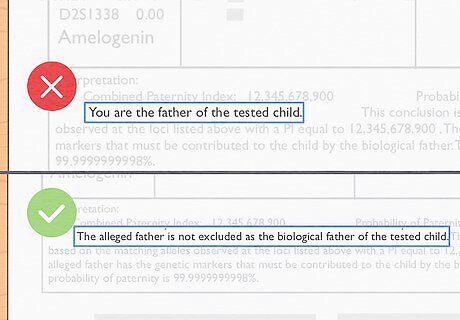
The results will never say “you are the father” or “you are not the father.” Under the combined paternity index, it will provide a holistic judgement on whether the results are positive or not. However, it won’t be “positive” or outright say “you are the parent.” A result indicating that you’re related to the child may simply say “inclusion,” “John Doe is not excluded as the biological parent,” or something similar. A result that says you aren’t related to the child should read “exclusion” or “John Doe is not included as a biological parent.” DNA paternity tests are 99.9% accurate, so don’t write the results off if you know for a fact that the samples were provided from the right people.
Mismatching allele inclusions
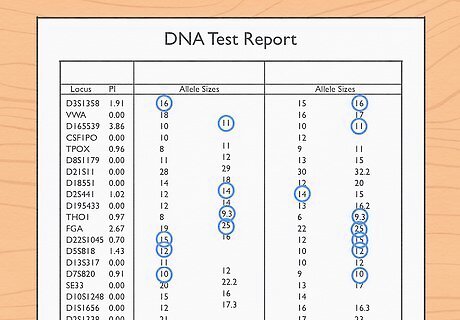
The number of matching alleles should match the CPI and conclusion. A DNA test is actually a sequence of multiple smaller tests of separate loci, or DNA markers. For each locus (it may say “gene” or just list the name of the locus), you should find at least one matching allele with your DNA for it to be a match. Count the number of matches and then compare that to the CPI and conclusion. For example: An allele is a variation of a gene. If you and a partner give birth to a child, that child will get 1 allele from you and 1 allele from the other parent. So, for one locus, a child may have alleles 12 and 20. If you have 20 and 14, it can be presumed that you the child got that 20 allele from you. This is a match. If you had 17 and 14, it would not be a match. Go through each row and count the number of matches. Take the total number of matches and compare it to the conclusion and CPI. If you have 15 out 15 matches, the CPI should be 99.99% or more, and the conclusion should say something like “inclusion.”
Numerous non-matches
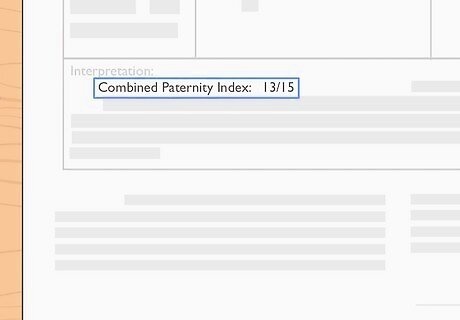
A single missing match isn’t a sign you aren’t related. You’d think that two directly-related people should share all of their alleles, but this isn’t always the case. Genes can mutate, so don’t assume you aren’t related if there are a few alleles that don’t line up perfectly. In most cases, you need a minimum of 4 non-matching loci for a test to definitively rule a father out. In other words, a result of 13/15 matching alleles that results in a CPI of 40% or so does not mean that you aren’t related to the person.
Poor report quality
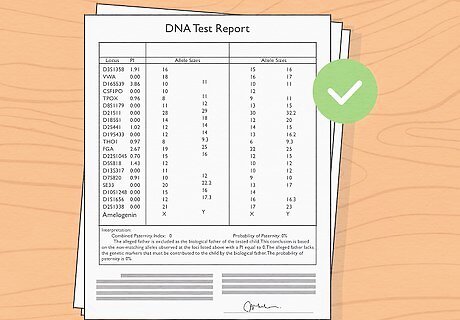
A reputable DNA lab’s report will be clean, concise, and error-free. If you receive a 30-page DNA result and there are typos everywhere, you’re right to be suspicious. Most DNA paternity tests are 2-3 pages, and contain 2-3 charts depicting the alleles and loci for you, your child, and the other biological parent (if included). No DNA test will contain more than one father or more than one mother. It will always be one father and one child, or father, mother, and child. If you see more than one child or father listed in the results, it’s almost certainly fake.
Immediate turnaround
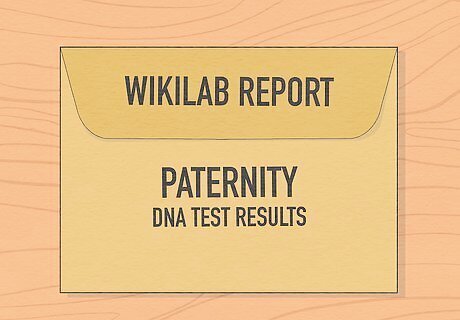
If the results are provided in under 48 hours, be suspicious. Unless a court order rushed the process along, these things take time. A laboratory going through and testing every single loci is time consuming, and it’s rare for a result to be ready in under a day. If someone (other than a court or lab) gives you the results under 2 days, presume they may not be legitimate.
Missing letterhead or unlicensed lab
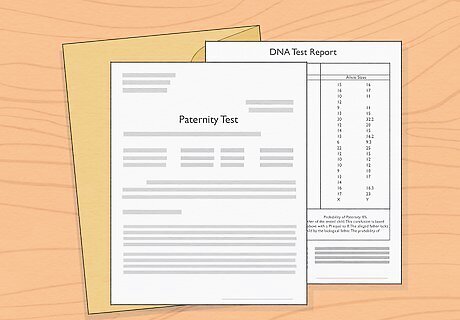
Contact the lab on the letterhead to confirm the report is legit. There should be letterhead on the results showing where the test was performed. Contact the lab to confirm they carried the test out. Then, look the lab up online to confirm that they’re accredited and licensed. Every country will have different licensing bodies, but every lab should be certified by a government body. In the United States, the lab should be licensed by the AABB (American Association of Blood Banks) and/or CAP (College of American Pathologists). If the lab results have no source and/or the lab isn’t accredited, the results are unlikely to be reputable or valid.
Mismatch with sample report
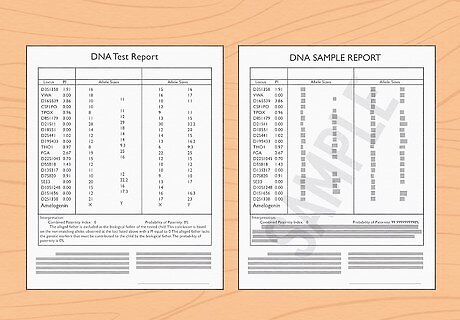
Ask the lab for a sample report and compare it to yours. If the lab who supposedly confirmed the test won’t confirm they tested your DNA for legal reasons, ask for a sample report. Compare the sample to your report. If the formatting, letterhead, language, and graphics are functionally identical, assume the test is valid. Many DNA testing labs will provide sample reports that walk you through how you’d interpret the results. The two biggest DNA testing services in the US, Quest Diagnostics and Labcorp, both provide sample reports on request.











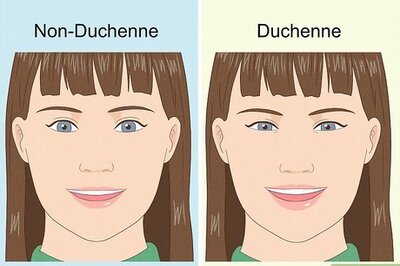



Comments
0 comment